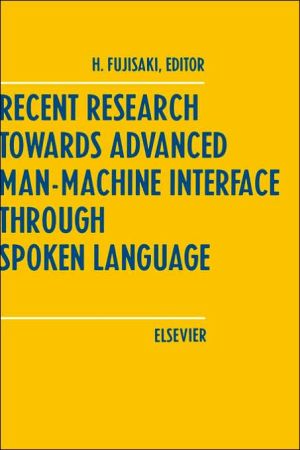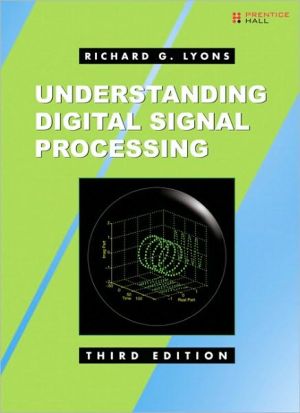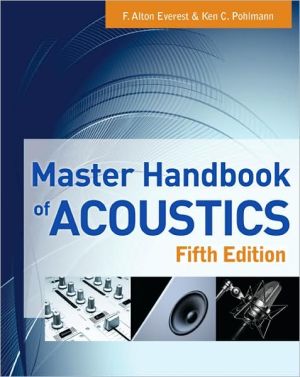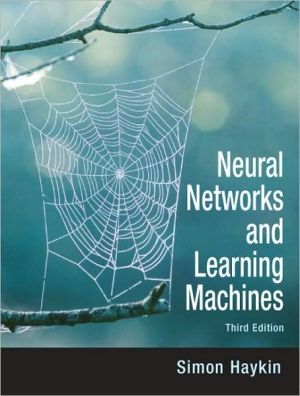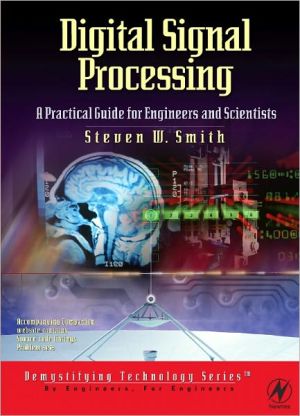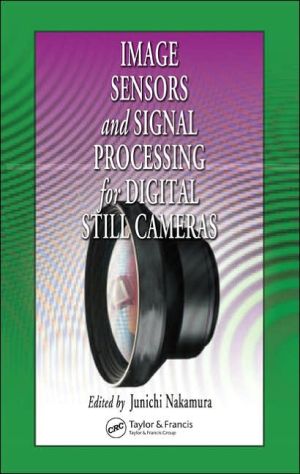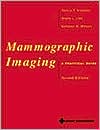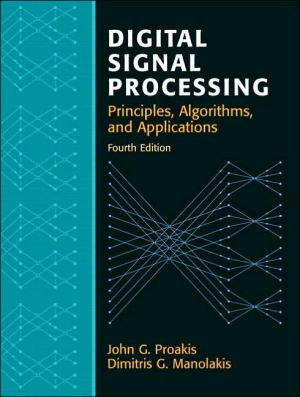Recent Research Towards Advanced Man-Machine Interface Through Spoken Language
The spoken language is the most important means of human information transmission. Thus, as we enter the age of the Information Society, the use of the man-machine interface through the spoken language becomes increasingly important. Due to the extent of the problems involved, however, full realization of such an interface calls for coordination of research efforts beyond the scope of a single group or institution.\ Thus a nationwide research project was conceived and started in 1987 as one...
Search in google:
The spoken language is the most important means of human information transmission. Thus, as we enter the age of the Information Society, the use of the man-machine interface through the spoken language becomes increasingly important. Due to the extent of the problems involved, however, full realization of such an interface calls for coordination of research efforts beyond the scope of a single group or institution.Thus a nationwide research project was conceived and started in 1987 as one of the first Priority Research Areas supported by the Ministry of Education, Science and Culture of Japan. The project was carried out in collaboration with over 190 researchers in Japan.The present volume begins with an overview of the project, followed by 41 papers presented at the symposia. This work is expected to serve as an important source of information on each of the nine topics adopted for intensive study under the project.This book will serve as a guideline for further work in the important scientific and technological field of spoken language processing.
PrefaceList of ContributorsOverview of Japanese Efforts Toward an Advanced Man-Machine Interface Through Spoken Language3Composite Cosine Wave Analysis and its Application to Speech Signal17Smoothed Group Delay Analysis and its Applications to Isolated Word Recognition27A New Method of Speech Analysis - PSE41Estimation of Voice Source and Vocal Tract Parameters Based on ARMA Analysis and a Model for the Glottal Source Waveform52Estimation of Sound Pressure Distribution Characteristics in the Vocal Tract61Speech Production Model Involving the Subglottal Structure and Oral-Nasal Coupling due to Wall Vibration72On the Analysis of Predictive Data such as Speech by a Class of Single Layer Connectionist Models83Phoneme Recognition in Continuous Speech Using Feature Selection Based on Mutual Information103Dependency of Vowel Spectra on Phoneme Environment115A Preliminary Study on a New Acoustic Feature Model for Speech Recognition124A Hybrid Code for Automatic Speech Recognition134Complementary Approaches to Acoustic-Phonetic Decoding of Continuous Speech145Is Rule-Based Acoustic-Phonetic Speech Recognition a Dead End?160Speaker-Independent Phoneme Recognition Using Network Units Based on the a posteriori Probability167Unsupervised Speaker Adaptation in Speech Recognition177A Japanese Text Dictation System Based on Phoneme Recognition and a Dependency Grammar193Word Recognition Using Synthesized Templates205A Cache-Based Natural Language Model for Speech Recognition219On the Design of a Voice-Activated Typewriter in French229Speech Recognition Using Hidden Markov Models: a CMU Perspective249Phonetic Features and Lexical Access267A Large-Vocabulary Continuous Speech Recognition System with High Prediction Capability285Syntax/Semantics-Orientated Spoken Japanese Understanding System: SPOJUS-SYNO/SEMO297An Application of Discourse Analysis to Speech Understanding311Studies on Glottal Source and Formant Trajectory Models for the Synthesis of High Quality Speech321A System for Synthesis of High-Quality Speech from Japanese Text340A Text-to-Speech System Having Several Prosody Options: GK-SS5356A Prolog-Based Automatic Text-to-Phoneme Conversion System for British English366Data-Bank Analysis of Speech Prosody377Parsing Grammatically Ill-Formed Utterances387A Dialogue Analyzing Method Using a Dialogue Model401Discourse Management System for Communication Through Spoken Language415Towards Habitable Systems: Use of World Knowledge to Dynamically Constrain Speech Recognition424Noise Elimination of Speech by Vector Quantization and Neural Networks441Speech/Nonspeech Discrimination Under Nonstationary Noise Environments452Spatially Selective Multi-Microphone System461Classification of Japanese Syllables Including Speech Sounds Found in Loanwords471A Study of the Suitability of Synthetic Speech for Proof-Reading in Relation to the Voice Quality479Improving Synthetic Speech Quality by Systematic Evaluation489Considerations on a Common Speech Database503Transcription and Alignment of the TIMIT Database515
